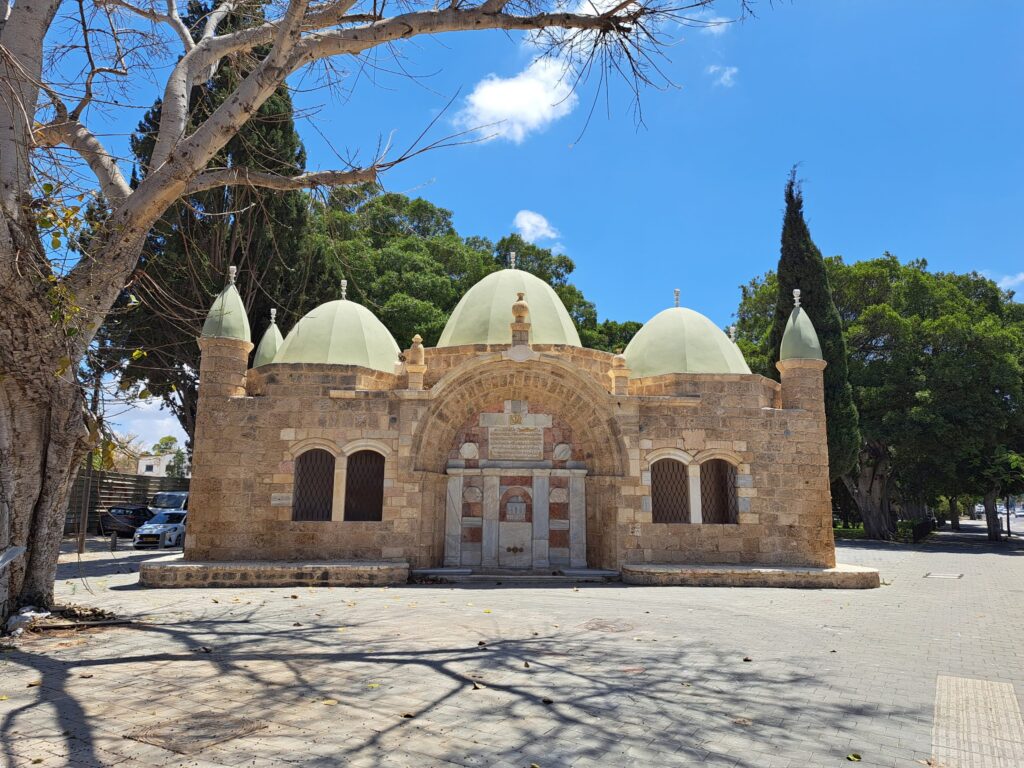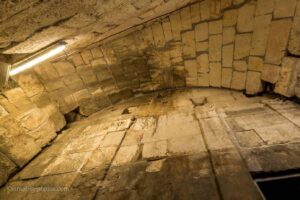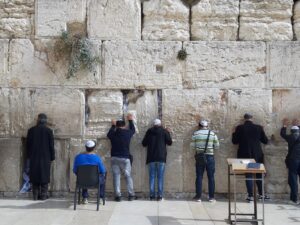Nestled in the vibrant city of Tel Aviv, Sabil Abu Nabbut is a fascinating historical site that offers a glimpse into the Ottoman era. This ancient water fountain, also known as a sabil, is a testament to the architectural and cultural heritage of the region. Whether you’re a history enthusiast or simply looking to explore something unique, Sabil Abu Nabbut is a must-visit destination.
What to See
Sabil Abu Nabbut is an impressive structure that stands out with its distinctive Ottoman architecture. The fountain is adorned with intricate stone carvings and Arabic inscriptions, showcasing the artistry of the period. As you approach, you’ll notice the large dome and the arched openings that were once used to dispense water to travelers and locals alike. The site is surrounded by a small garden, providing a peaceful spot to sit and reflect on the history that surrounds you.
While the fountain itself is the main attraction, the area around Sabil Abu Nabbut is also worth exploring. Located in the southern part of Tel Aviv, it’s close to other historical sites and offers a unique blend of old and new. Take a leisurely stroll and enjoy the mix of modern urban life with historical charm.
A Bit of History and Interesting Facts
Sabil Abu Nabbut was built in the early 19th century during the Ottoman rule of the region. It was commissioned by Muhammad Abu Nabbut, the governor of Jaffa, who was known for his ambitious building projects. The fountain served as a crucial source of water for travelers and pilgrims on their way to Jerusalem, making it an essential stop along the ancient road.
One interesting fact about Sabil Abu Nabbut is its nickname, “The Fountain of the Stick.” This name is derived from a local legend that Abu Nabbut carried a stick, which he used to enforce order and discipline during his rule. The fountain’s construction was part of his efforts to improve infrastructure and public amenities in the area.
How to Get There and Tips for First-Time Visitors
Sabil Abu Nabbut is located in the southern part of Tel Aviv, near the Jaffa district. It’s easily accessible by public transportation, with several bus lines stopping nearby. If you’re driving, there are parking options in the vicinity, but be prepared for the usual hustle and bustle of city traffic.
For first-time visitors, it’s a good idea to combine your visit to Sabil Abu Nabbut with a tour of the Jaffa district. This area is rich in history and offers a variety of attractions, including the Jaffa Port, the Flea Market, and the Old City. Wear comfortable shoes, as you’ll likely be doing a fair amount of walking.
When visiting Sabil Abu Nabbut, take a moment to appreciate the craftsmanship and historical significance of the site. It’s a wonderful opportunity to connect with the past and gain a deeper understanding of the region’s cultural heritage.








